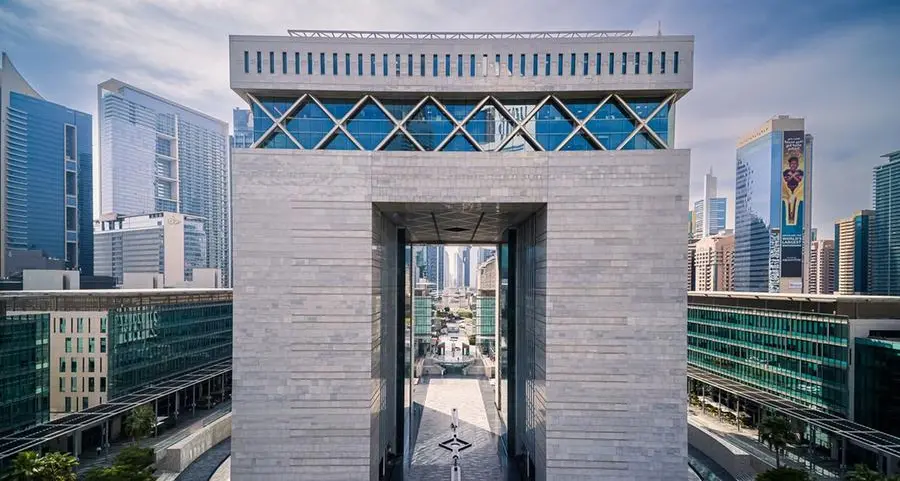Dubai, U.A.E. - 23rd December, 2015
Iran, the second largest economy in the Middle East and North Africa (MENA) after Saudi Arabia is all set to open doors to investments and improve its own business opportunities revealed a series of studies undertaken by Frost & Sullivan. The easing of sanctions on Iran and the taming of inflationary pressures on the economy will ultimately increase the country's export potential, raise the purchasing power of consumers, and support consumption and business investment through improved consumer and business confidence.
The country's economy is expected to recover on account of the upturn in private consumption and the successful diversification into the non-oil sector. Iranian authorities have adopted a comprehensive strategy covering market-based reforms as reflected in the Government's 20-year Vision document and Iran's fifth Five-Year Development Plan (FYDP, 2011-15). Iran's new budget will focus on privatization, subsidy reforms, and promulgating a law that would make the country's state budgets independent of oil export revenue. The lifting of sanctions has brought an ever-increasing influx of the world's corporations to Tehran to make contacts and express their interest in investing in the country.
A Rejuvenated Economy
The second largest economy in MENA after Saudi Arabia and a population close to 80 million makes Iran the second most populous nation in the area. Of its people, 60 percent are below the age of 30 indicating a huge domestic consumption economy. The economy has made some made good strides since 2013. Growth went up to 4.3 percent in 2014 from -1.9 percent in 2013. Additionally, inflation declined from 34 percent in 2013 to 15.5 percent in 2014. Economic growth in Iran is expected to pick up in 2016-2017 driven by higher oil production, lower costs for trade and financial transactions, and restored access to foreign assets.
The lifting of sanctions has catalyzed a ripple of positive boosters to the Iranian economy. First and foremost would be a positive external demand boost, both for oil and non-oil exports. In addition, the decline in the cost of external trade and financial transactions is expected to lower the price of imports while raising the price of exports. Finally, restored access to foreign assets and higher oil exports would also trigger a positive wealth effect. Taken together, these three propellants are likely to create a significant momentum in the outlook for the Iranian economy
in the years ahead, outweighing the adverse effects from the sharp decline in global oil prices over the past year. The World Bank estimates that foreign direct investment would double to $3 billion a year, although this would still be below the 2003 peak. The need of the hour is structural reforms of the business climate and labor and financial markets that would play a key role with respect to growth.
Pan-sector Growth Anticipated
Influenced by the Government and the industry alike, multiple initiatives and strategic plans are being drawn to promote industrial development and growth across a multitude of industries. Initiatives are bearing results with Iran moving 9 places forward in the World Economic Forum's global competitiveness ranking to the 74th rank.
Iran's automotive sector is the country's second largest industry after oil and gas, accounting for 10% of the GDP. The Automotive Manufacturing Hub at the Chabahar economic free zone in Iran's southeast will host the country's third automobile manufacturing hub. The Strategic Chabahar free trade zone is the shortest and the most secure route connecting central Asian independent states (CIS) and Afghanistan to international waters. It is also the only ocean port of the country. Iran used to be the 10th largest market for cars and trucks in the world. Since the lifting of sanctions the country has been gaining keen attention from Peugeot, which used to be a dominant player in Iran, as well as Renault and General Motors.
Another sector that is evolving is Iran's steel industry, which plays the main role in industrial development and economic prosperity of the country, and has been attracting attention of economic professionals, investors and decision makers. A recent Iran Steel Market Conference held in Tehran, has further opened up the investment opportunities for the steel industry in the country.
Iran's robust banking sector that represents the world's largest financial system based on Islamic, or sharia, law is exhibiting rejuvenated enthusiasm. The lifting of sanctions is expected to turn the Iranian banks to positive credit. Significant new business opportunities are expected to arise from increased trade and investment in the sizeable Iranian economy. This would, in turn, boost growth in the banking sector and support the performance of their loans. Also, the repatriation of frozen assets and potential interest from foreign investors and financial institutions in the Iranian banking sector would allow domestic banks to strengthen their solvency levels through much-needed recapitalization. Banks and financial institutions have a huge opportunity with the Government planning almost $40 billion of infrastructure development, which would require significant bank financing.
Capital Intelligence (CI), the international credit rating agency, officially rated in October 2014 Iran's long-term and short-term foreign and local currency ratings as 'B'. These ratings were also further affirmed by the World Bank. 'B' ratings indicate that the financial credit as well as the long-term and the short-term risks of securities sold by the Islamic Republic of Iran internationally are good compared to other developing nations. This rating is based on Iran's ability to attract financial resources or sell bonds (such as receiving kinds of bank loans, issuing instruments, securities, and Islamic bonds) in the international market.
The study was undertaken by the Innovation and Knowledge Center (IKC), which is the fundamental intelligence hub of Frost & Sullivan's consulting and strategy consulting business in the Middle East, North Africa, and South Asia. It consolidates all forms of analysis including technical, application-related, economic, financial, and market under a single umbrella. In addition to creating comparative studies for countries such as the attractiveness index, the economic research arm of IKC has a portfolio of products, which can aid a market player to understand the impact of various macroeconomic forces and make the best of them in a business environment. Some of these enablers are country profiles, multi-country comparative studies, PESTLE analysis, and impact analysis of global economic and political developments, investment trackers, and economic pulse monitors.
To know more about Iran's Investment Policy or the Practice please get in touch with our Corporate Communications Team, send an email to Ravinder Kaur/ Anita Chandhoke at ravinder.kaur@frost.com / achandhoke@frost.comwith your full name, company name, title, telephone number, company e-mail address, company website, city, state, and country.
-Ends-
About Frost & Sullivan
Frost & Sullivan, the Growth Partnership Company, works in collaboration with clients to leverage visionary innovation that addresses the global challenges and related growth opportunities that will make or break today's market participants.
Our "Growth Partnership" supports clients by addressing these opportunities and incorporating two key elements driving visionary innovation: The Integrated Value Proposition and The Partnership Infrastructure.
• The Integrated Value Proposition provides support to our clients throughout all phases of their journey to visionary innovation including: research, analysis, strategy, vision, innovation, and implementation.
• The Partnership Infrastructure is entirely unique as it constructs the foundation upon which visionary innovation becomes possible. This includes our 360 degree research,
comprehensive industry coverage, career best practices as well as our global footprint of more than 40 offices.
For more than 50 years, we have been developing growth strategies for the global 1000, emerging businesses, the public sector, and the investment community. Is your organization prepared for the next profound wave of industry convergence, disruptive technologies, increasing competitive intensity, Mega Trends, breakthrough best practices, changing customer dynamics and emerging economies?
Media Contact:
Ravinder Kaur
Corporate Communications - South Asia
M: +91 99401 41714,
P: +91 44 6681 4413
E: ravinder.kaur@frost.com
Media Contact:
Anita Chandhoke
Corporate Communications
M: +91 99161 33311
P: +91 80 6702 8020
E: achandhoke@frost.com
www.frost.com
© Press Release 2015










